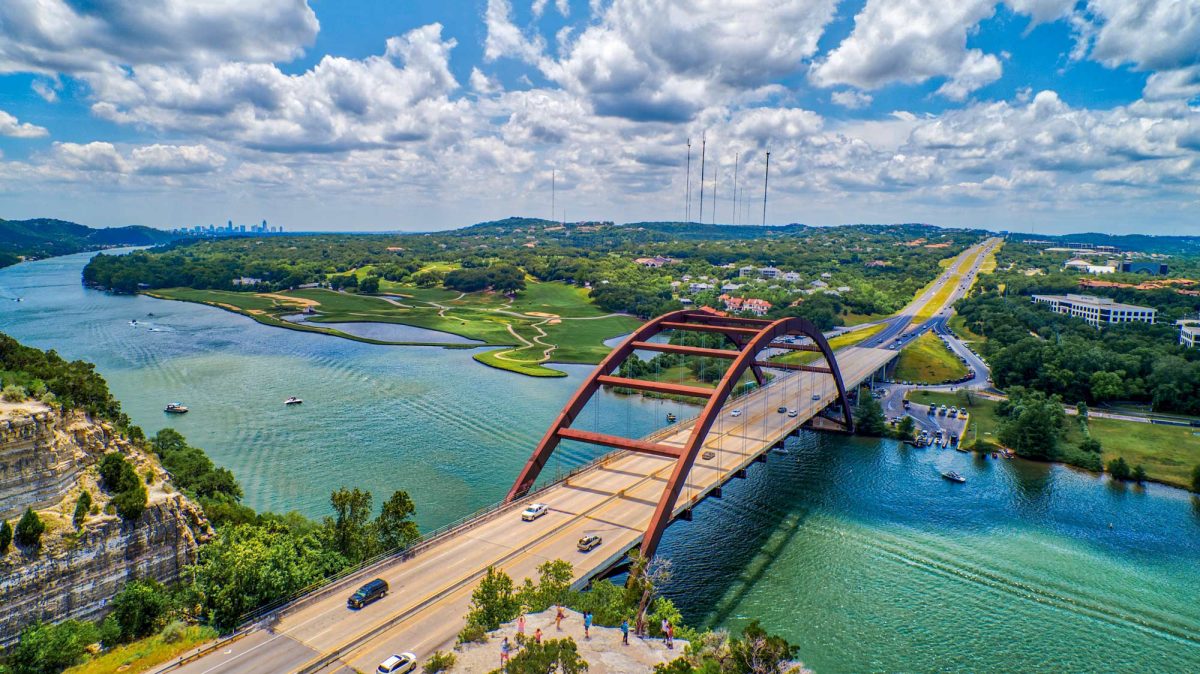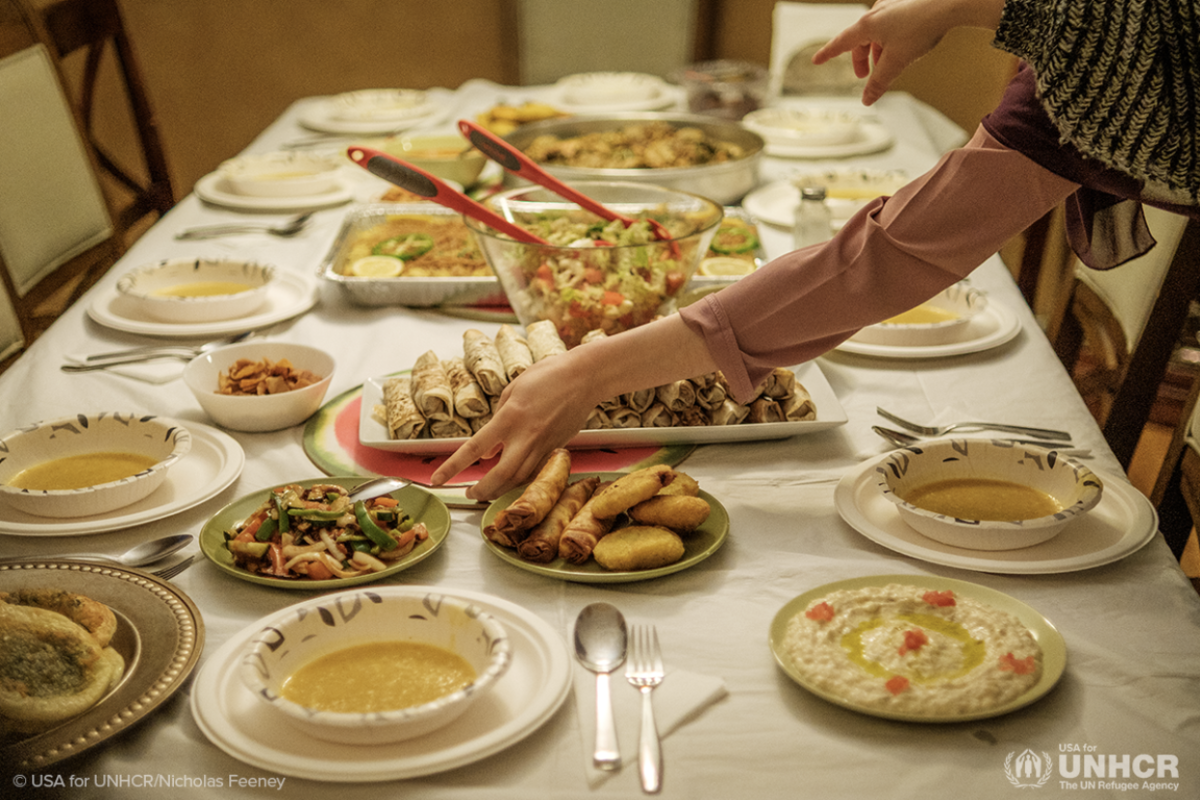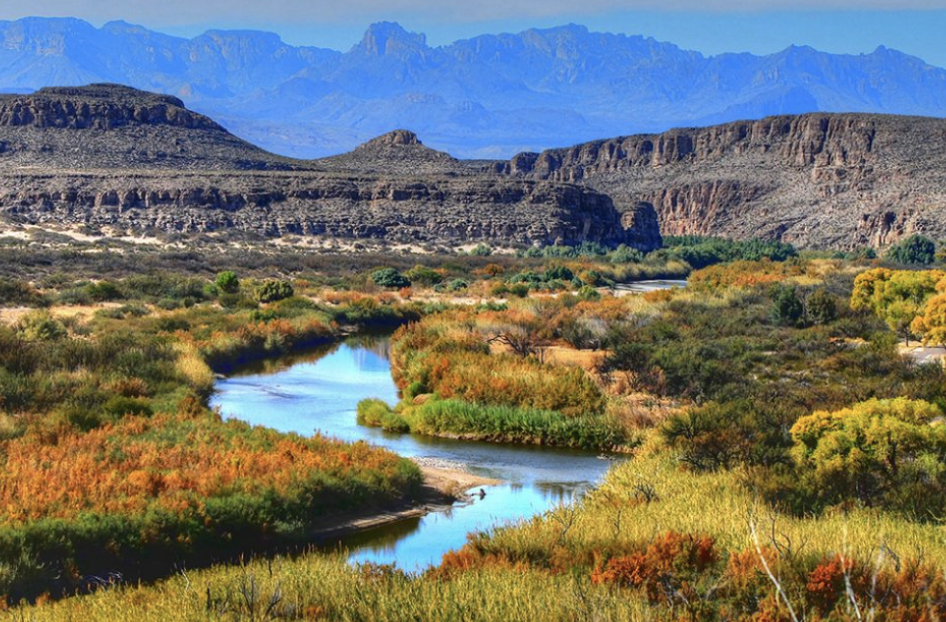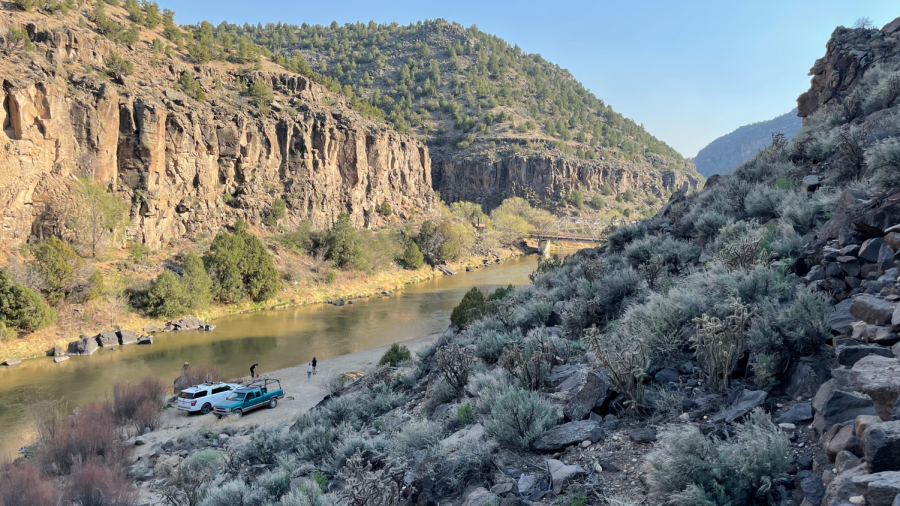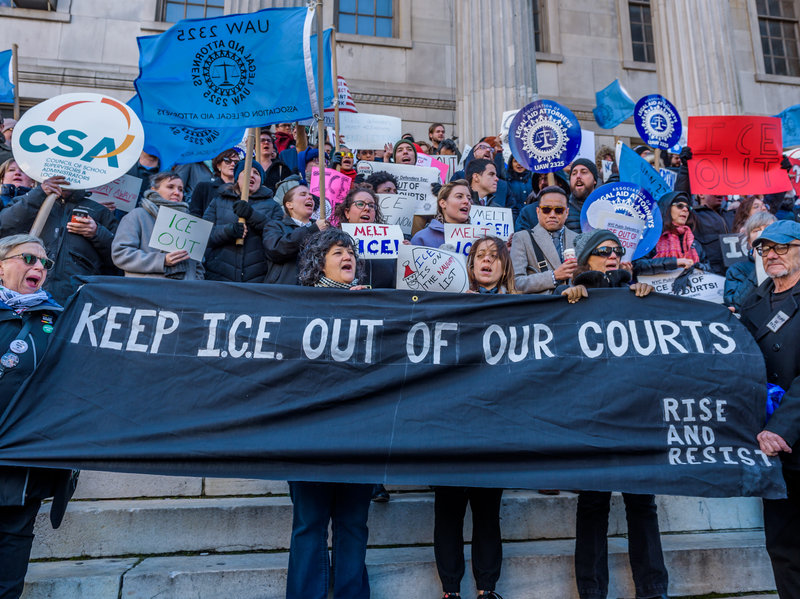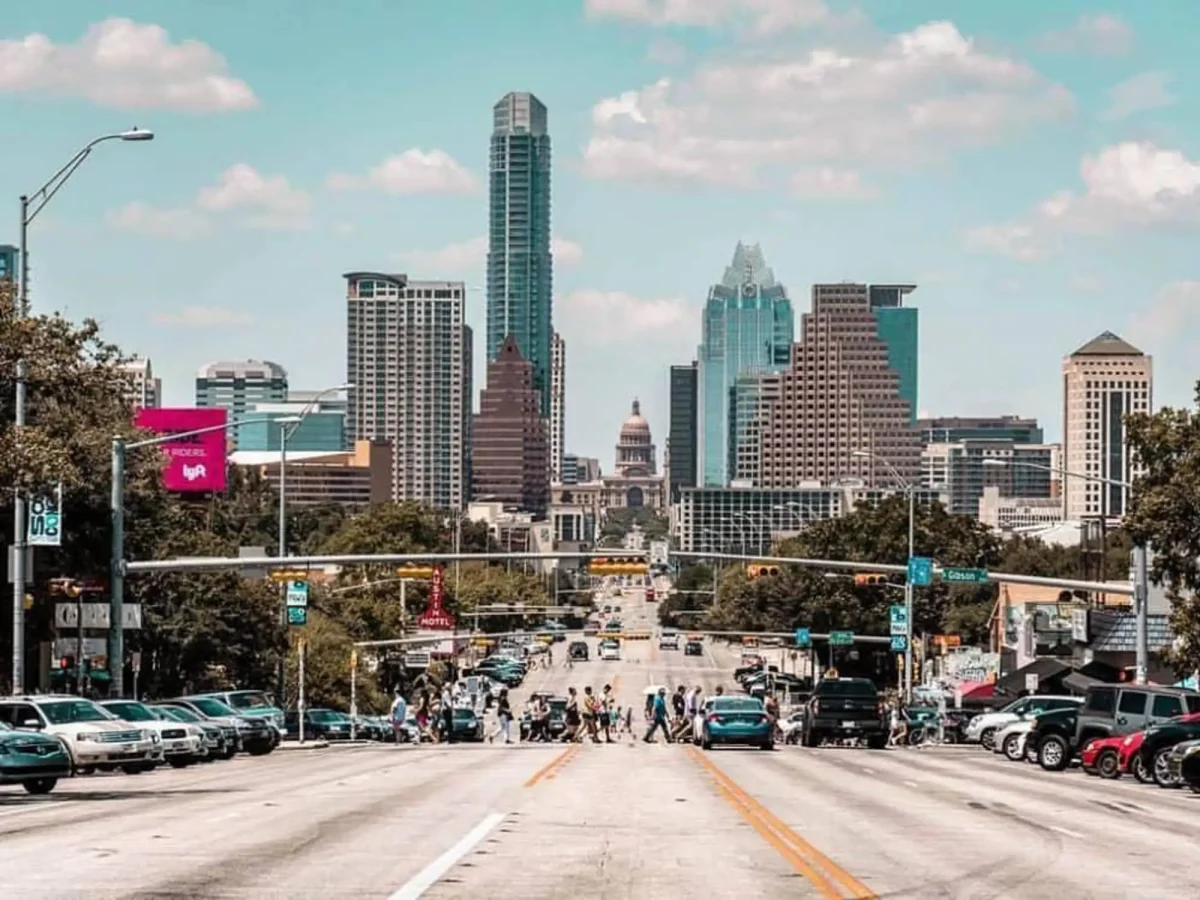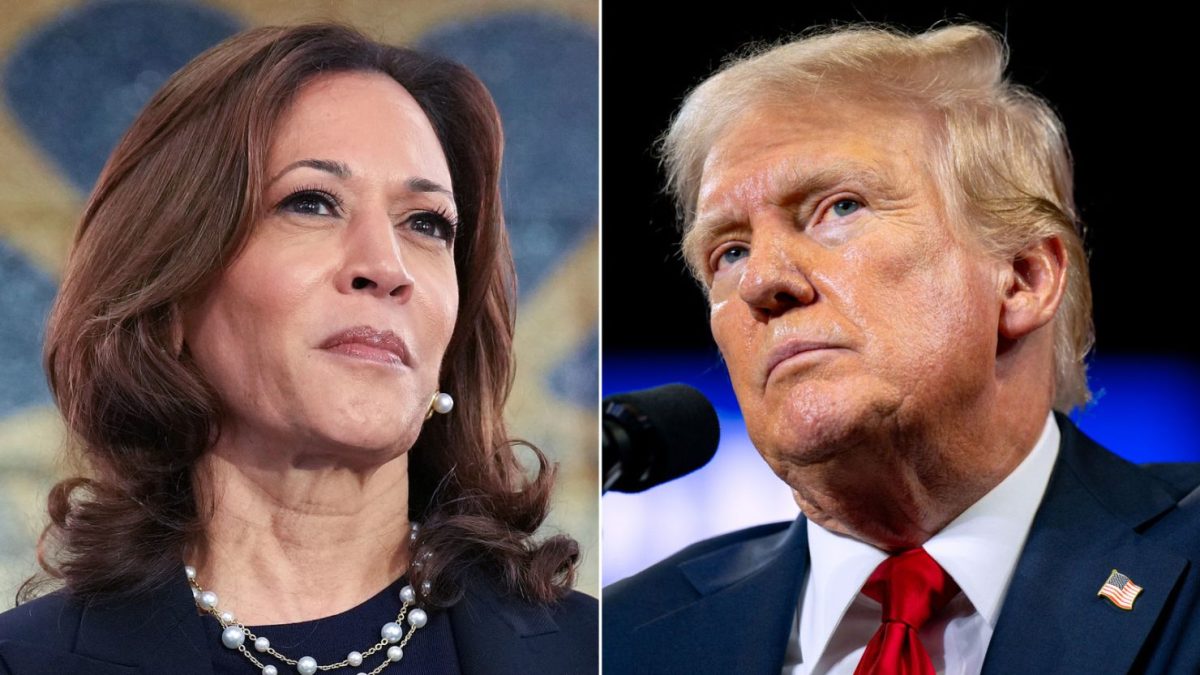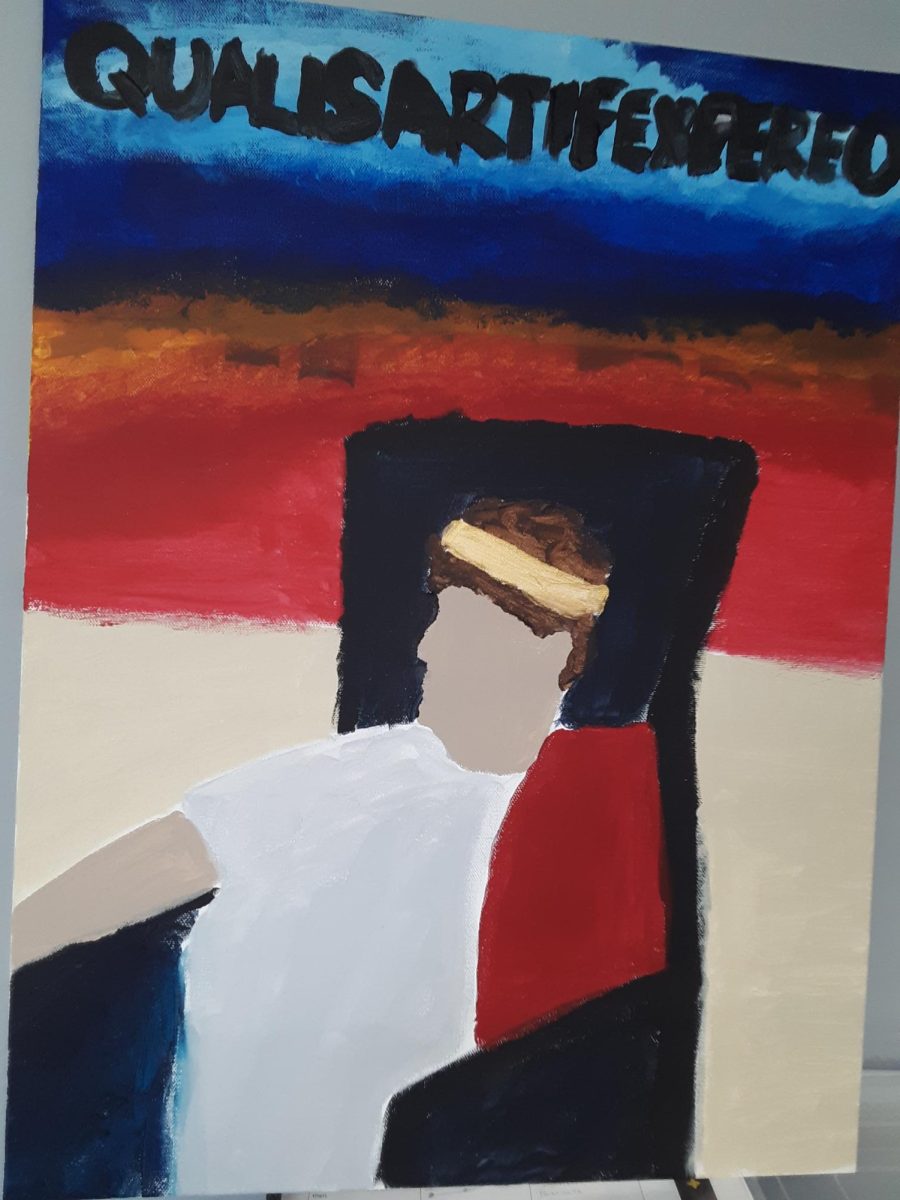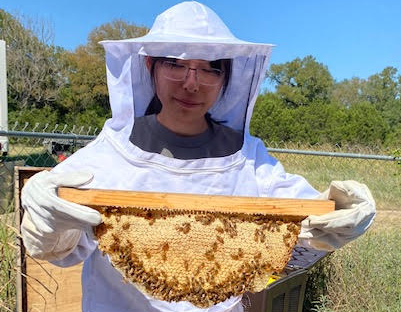On the first day of summer, Audrey Wan (‘25) accompanied her mom on a Buddhist pilgrimage to the temples of North India. They traveled in buses and slept in inns that felt almost like a stay at a classic American hotel (if the hotel offered yak’s milk). However, once the two weeks were up, Audrey was not on the plane back home – her nonrefundable ticket was discarded, which had now set into motion a great expedition for her, filled with emotional and intellectual growth. This was an adventure into a region deeply mired by conflict from all angles, culminating in the meeting of a celebrity far more influential than a Kardashian.
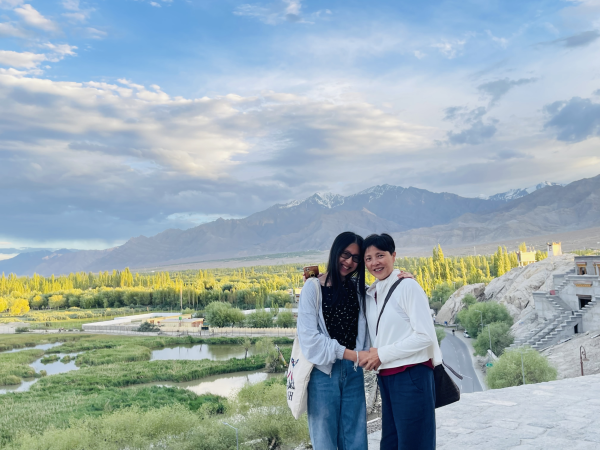
Before diving into her story some context is necessary. The Sino-Indian border conflict is an ongoing struggle for power between the global superpowers: India and China. In the midst of this struggle lies Tibet. The Tibetan border crisis has been an ongoing struggle dating back to the 1950’s, sparked by the expansion of British colonial power within the Tibetan region. This expansion produced an epiphany within India and China of the geographical power that Tibet held. After the fall of the Qing dynasty and the rise of communist power within China, Tibet gained attention. In 1950, Mao Zedong launched the first attack on the Tibetan region. Alarmed by this invasion, India began assisting Tibetan freedom fighters. In 1962, India and China’s indirect conflict reached a culmination when China attacked India through their shared Himalayan border. However, this conflict has not just been divisive over two countries, Tibetans have also been split. According to the Free Tibet program China has recently recruited Tibetans to guard their border, while India assists the special Frontier Force, made up of other Tibetans looking to regain control of their home.
As time progressed India and China appeared to be moving towards peace and their countries grew to be successful world powers; however, one party reaped no benefit: Tibet. Even though India and China signed the Line of Actual Control in 1988 to prevent military clashes, Tibet remained under China’s communist authoritarian rule and increasingly lost individual agency. Even in the 21st century, tensions are still apparent amid minor skirmishes. However, the suffering of the Tibetan people has never ceased to endure. In 2020, a group of Tibetans, according to the program Free Tibet, were heading off “attempts by the Chinese People’s Liberation Army (PLA) to seize new territory. The operation was ultimately successful, but came at a cost; one member of the battalion, Nyima Tenzin, a veteran soldier and father of three, was killed after he activated a landmine.”
Now – back to Audrey’s story. She and I have been friends since freshman year, and I have always known her to be calm and collected. Yet, my mind was blown after she told me that she could now meditate for an hour, and learned to do so in a Himalayan cave! I would be grateful to secure a minute of mediation, let alone an hour in cold darkness. Audrey exemplified a common rhetoric preached to high school students today. This college application rhetoric which advocates for you to explore your interests to the fullest and become the best at something you love is very daunting for a teen still solidifying passions. Yet, Audrey is an example that even as a teenager you have the potential to reach your most unimaginable dreams.
I knew that Audrey’s summer story had to be written due to one certain celebrity appearance along her journey. This figure being THE Dalai Lama. I hope you are as shocked as I was. You may know him as someone decked in some Jedi style robes and just the epitome of zen-ness, and if you don’t then you’re obviously living under some rock. But to clarify, the Dalai Lama is a title given to the head of the Tibetan School of Buddhism. Each Lama is chosen by a sort of quest by other high ranking monks. I tried to understand the monk ranking system, however, the best I got was Audrey saying some of the big deals are referred to as “venerable.” The Dalai Lama is not only a Buddhist teacher, but also a philosopher, writer and politician. He has been known to comment on several current events such as the India-China border conflict. Referred to as His Holiness, he became the Tibetan Head of State when China threatened its borders, and he was exiled in 1960 due to their military takeover. He has resided on the Indian border ever since. Since then he has appealed to the United Nations on behalf of making Tibet a democracy. Furthermore, according to the website of the Nobel Foundation (of the Nobel Prize) he has “has set up educational, cultural and religious institutions which have made major contributions towards the preservation of the Tibetan identity and its rich heritage. He has given many teachings and initiations, including the rare Kalachakra Initiation, which he has conducted more than any of his predecessors.”
This current Dalai Lama is also famous for engaging with foreign influences and speaking with leading political figures of many Western countries. He travels to spread his teachings of compassion — and Aubrey got to experience several of these teachings firsthand.
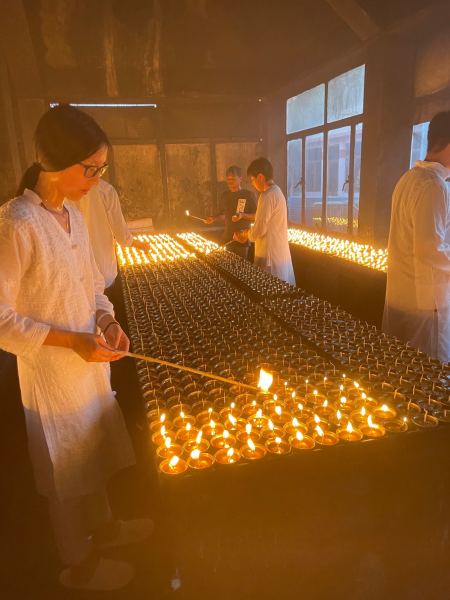
After their pilgrimage, Audrey and her mom met some ambassadors of Sri Lanka who were on their way to meet with the Dalai Lama, and they were invited to join the expedition. Their first meeting with him was in front of thousands. According to Audrey, this talk was difficult to understand because she was quite far away and had to hear a translated version, yet she was able to recall the focus on sympathy and compassion. Later, they were able to meet with other monks in the Tibetan mountains and learn more about mediation. Due to the Dalai Lama’s fame, they had to wait several weeks before their private meeting. The time was spent traveling around Ladakh to visit different monasteries, temples, and war memorials. She also enjoyed visiting Pangong Lake, where they stayed overnight.
Finally, the meeting had come. They took a few days to prepare on how their meeting would go and learn more about his teachings. Due to the danger posed by China’s government, the Dalai Lama’s security was incredibly strict. Audrey noted that he was very kind and said that he was happy to meet with anyone but was prevented because of fears for his safety. He also said that he had a vision that he would live till 110! They were able to listen to some more of his teachings and peaceful discussions with the Sri Lankan officials and Audrey’s mom was able to get some books signed.
According to the Dalai Lama, “the most important thing in this world is karuna [compassion] and love so that we can achieve peace.” I believe that (especially today in our incredibly polarized world) a figure of compassion is a welcome sight and that Audrey’s story is a great inspiration for other students to develop interests which seek to better the world around them.

